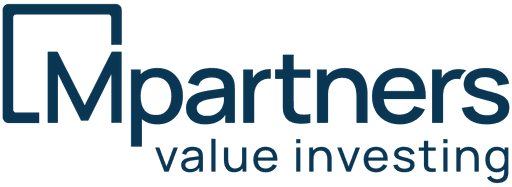What does risk profile mean?
In short
A risk profile is an assessment of an investor's risk tolerance, used to determine an appropriate investment strategy. It takes into account factors such as financial goals, time horizon, income, wealth, and personal attitude towards risk. Risk profiles range from very conservative (low risk, lower potential return) to very aggressive (high risk, higher potential return). Understanding your risk profile is crucial for creating an investment portfolio that aligns with your personal situation and objectives.
A risk profile, also known as an investment profile, is an essential concept in the world of investing. It indicates the extent to which an investor is willing to take risks with their investments, in relation to the expected return and investment horizon. The main goal of a risk profile is to determine an appropriate investment strategy that aligns with the investor's personal situation, financial objectives, and risk tolerance.
The establishment of a risk profile is generally done based on a comprehensive inventory, often in the form of a questionnaire or personal conversation. Various factors are taken into consideration, such as the investment goal, financial situation, risk tolerance, the knowledge and experience of the investor, and the investment horizon. Based on these factors, investors are usually categorized into one of the following risk profiles, ranging from low to high risk: very defensive, defensive, neutral, aggressive, and very aggressive.
The risk profile then determines the distribution of the investment portfolio across different asset classes, such as bonds and stocks. A defensive profile, for example, will focus more on bonds, while an aggressive profile will allocate a larger portion of the portfolio to stocks. This allocation is crucial to choose an investment strategy that fits the personal situation and objectives, create realistic expectations about possible returns and risks, and to avoid emotional decisions during market volatility.
It is important to realize that a risk profile is not static and can change due to changes in personal circumstances, such as family expansion, career changes, or approaching retirement. Therefore, it is advisable to regularly evaluate the risk profile and adjust it if necessary. Moreover, risk profiles also have limitations: they are a simplification of the complex reality of investing, and the composition of portfolios within the same risk profile can differ among providers.
Despite these limitations, the risk profile remains a fundamental concept in the investment world that helps tailor investment strategies to individual needs and circumstances. It provides a framework for making informed investment decisions, but should always be seen as a starting point for further discussion and refinement of the investment strategy. By having a good understanding of one's own risk profile, investors can make better-informed choices and build a portfolio that aligns with their personal objectives and risk tolerance.











